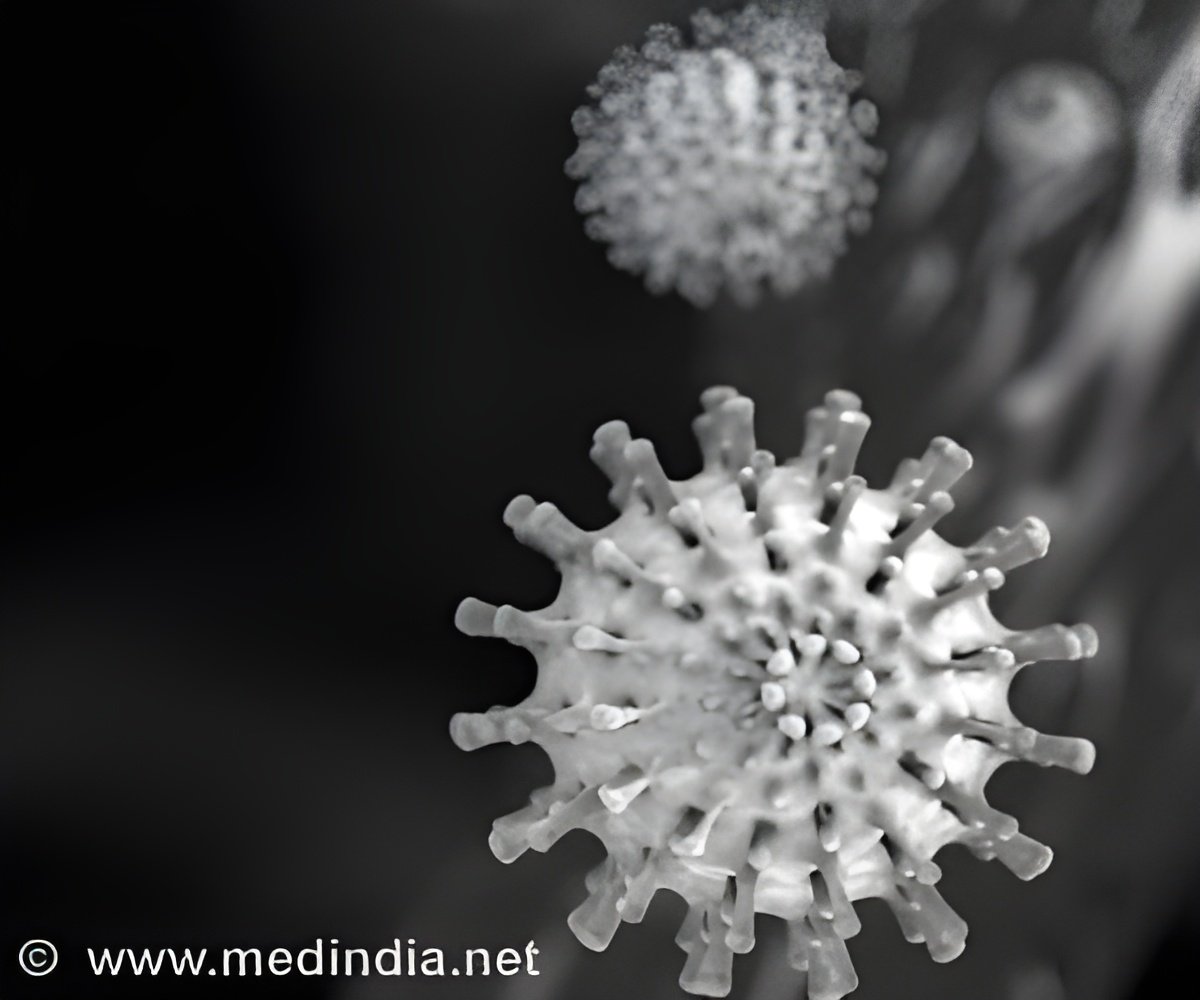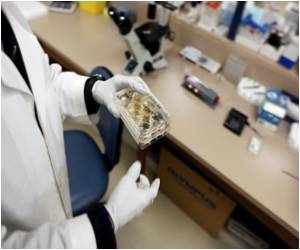Scientists find imaging data to be useful in predicting drug delivery in tumor patients.

Recent research has shown just how complicated it is to customize treatment for cancer patients. As one might expect, the same drug will accumulate in tumors at varying concentrations in patients with different cancers. But this also happens in patients with the same kind of cancer. To better evaluate which patients would benefit from particular nanomedicines such as DOXIL® or other liposomal drugs, it would be helpful to determine early on in a patient's treatment if a drug is targeting the right places at effective concentrations. Rafael T. M. de Rosales, Alberto Gabizon and colleagues sought to address this challenge.
The researchers developed a simple method to attach labels to aminobisphosphonates, which are metal-binding cancer drugs commonly used in the treatment of bone metastases, packaged in liposomes. They extended the method to liposome-entrapped doxorubicin, another metal-binding drug widely used in cancer chemotherapy and present in various liposome-based nanomedicines. The labels -- and thus the liposomal drugs -- could then be tracked using positron emission tomography (PET) to see where they go within the body. Imaging with PET in mouse models of breast and ovarian cancer shows the drugs accumulated in tumors and metastatic tissues in varying concentrations and, in most cases, at levels well above those in normal tissues, the researchers report. In one mouse strain, the nanomedicines unexpectedly showed up in uteruses, a result that wouldn't have been detected without conducting the imaging study, according to the researchers. This type of imaging data may help predict how much drug will be delivered to cancer tissues in specific patients, and whether the nanomedicine is reaching all the patient's tumors in therapeutic concentrations.
Source-Eurekalert















